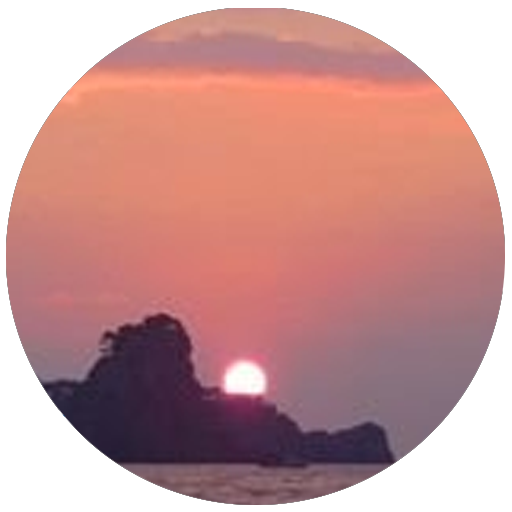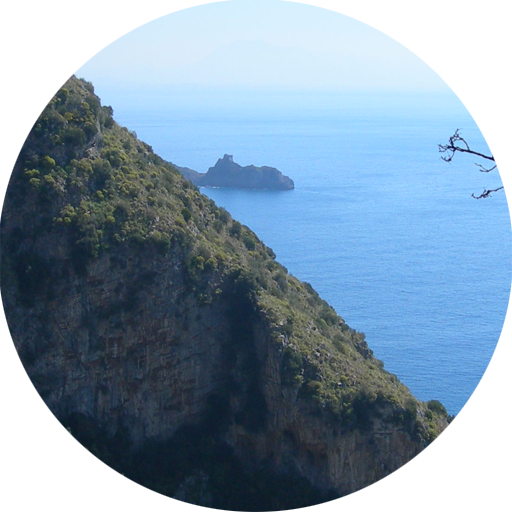Pertosa is a small Middle Ages town, surrounded by
oak woods and olive trees, at the feet of Alburni Mountains, on
the right of Tanagro river.
Nature is very luxuriant and wild in some places, thanks to the
presence of water that has always favoured the development of productive
activities, for example textile and paper factories.
Grotte dell’Angelo, the caves, are the most famous element
of Pertosa. Musei Integrati dell’Ambiente is very interesting,
there is a study-centre to study the period after the earthquake
of 23rd November 1980.
The ancient part of the town is very nice, at its centre there
is a fountain decorated by stalagmites and stalactites.
HISTORY
The name comes form the dialectal word “petrusu”, that
is the narrow entrance of the caves. The town was maybe founded
by the inhabitants of the ancient village “Consinum”,
after Saracen invasions.
Around XI century, in Pertosa territory Benedictines built a monastery
and Santa Maria church, giving to this area a period of development
and wellness. But at the beginning of XV century there was a terrible
earthquake that destroyed the town and killed almost all the inhabitants.
Pertosa returned to life after two centuries thanks to some farmers
that moved to its territory and thanks to Benedictine monks.
In 1830 Pertosa became independent from Caggiano.
During the Second World War the inhabitants took refuge in the
caves.
MONUMENTS AND NATURAL BEAUTIES
• Santa Maria delle Grazie Church: built in XVII century,
with a fresco portraying Our Lady of the Graces made by an anonymous
painter in 1400, in the apse there is a big painting of the Immaculate
Conception made by Bernardo Lama in 1600
• San Benedetto Church
• The ancient part of the town is very nice, at its centre
there is a fountain decorated by stalagmites and stalactites
• Grotta dell’Angelo: caves where finds of Neolithic
period were discovered (ceramics pots, stone objects, tools, etc.)
• Musei Integrati dell’Ambiente is very interesting,
there is a study-centre to study the period after the earthquake
of 23rd November 1980
• Maremanico fall
• Ancient water mill
• “Velo della Sposa” fall
• Gole di Campostrino, the gorges
• Cammino dell’Alleanza, a trekking itinerary in the
road Pertosa-Auletta-Petina and the itineraries on Monte Cervati
FOLKLORE AND EVENTS
• Negro, ethnic music and culture festival (August)
• Un muro diventa cultura: a permanent show in the “villa
comunale”
• The crib in the cave: there is the possibility to admire
the crib and to taste typical products. There are also music shows
(December
• Saint Benedict Feast (March)
• Saint Victor, the Patron, Feast (14th May)
• Pertosani nel mondo, citizens of Pertosa in the world
(10th August)
• “Vermicelli” festival (Shrove Tuesday)
• White artichoke festival (May)
• Pertosa Jazz (September)
THE CAVES
The caves Grotte di Pertosa (or Grotte dell’Angelo because
of a small sacred shrine dedicated Saint Michael the Archangel)
are maybe 35 millions years old. They are the most important in
Southern Italy, the only ones crossed by a subterranean river,
Tanagro or Negro.
The caves are made of charming tunnels and caverns that end in
natural “halls”.
The climate and the humidity rate didn’t ruin the wood remains
of prehistoric structures.
Greeks and Romans chose these caves for their rituals and the sacred
ceremonies. Plinius the Old mentioned this place in his works.
Christians took refuge in the caves to escape from persecutions
and they were used as a refuge also during the Second World War.
Leandro Alberti, a Dominican friar of XVI century, talked for the
first time, in an explicit way, of the existence of these caves.
They were then explored by P. Carucci and G. Patroni, between XIX
and XX centuries. Today spelaeologists continue to study the caves
trying to find new and wonderful elements and halls.
Tourists can visit the caves. The tour begins with a small but
charming boat passage on the subterranean river. Different courses
are possible. The shortest one (called of Grotta fossile) doesn’t
include a visit to Sala delle Meraviglie.
The second itinerary, called of Grotta Attiva, passes through Ramo
dei Pipistrelli.
On 1st July 2003 there was the inauguration of a new course, from
grotta Fossile to grotta Attiva: it doesn’t stop at the spring,
but crosses it, there is also a visit to the area at the back of
the fall.
There are two other courses open only to specialized personnel
and to spelaelogists.
The most charming hall is Sala delle Spugne. Sala dei Pipistrelli
is really beautiful, too. It was called “dei Pipistrelli”,
(of bats) because in the past there were thousands of these animals.
On the rocks there is still the sign of their excrements. The bats
left this cave because of the presence of men. The guano was removed
by Montecatini, today Montedison: this factory used it to produce
fertilisers and cosmetics. The small cave below the Sala delle
Spugne was chosen by the famous film director Dario Argento, for
his movie “Il Fantasma dell’Opera”. The set of
the film is still there and can be visited.
People who want to take part to the spelaeological excursions receive
proper equipment, for example a safety helmet, rubber boots, etc.
testi: Stefania Maffeo



